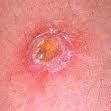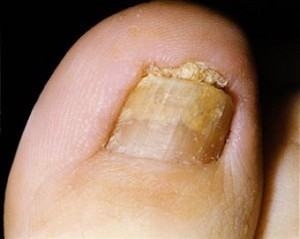What Causes Skin Tags?
What are skin tags
Skin tags are small, benign growths that are composed of a core of fibers and ducts, nerve cells, fat cells, and a covering or epidermis. Additional names for skin tags include acrochordon, cutaneous papilloma, cutaneous tag, fibroepithelial polyp, fibroma molluscum, fibroma pendulum, papilloma colli, soft fibroma, and Templeton skin tag. They are often seen raised from the skin on a stalk called a peduncle. Skin tags can occur almost anywhere there is skin. However, favorite areas for tags are the eyelids, neck, armpits, upper chest (particularly under the female breasts), and groin folds. Tags are typically thought to occur in characteristic locations where skin rubs against skin or clothing. Although tags are generally acquired (not present at birth) and may occur in anyone, more often they arise in adulthood. They are much more common in middle age and they tend to increase in prevalence up to age 60. Children and toddlers may also develop skin tags in the underarm and neck areas. Since they are thought to arise more readily in areas of skin friction or rubbing, tags are also more common in overweight people.
Causes of skin tags
Although we do not know the exact cause of skin tags, the following are thought to be associated with their appearance
- Chaffing and irritation from the skin rubbing together
- Hormones secreted during pregnancy or in cases of acromegaly (gigantism)
- Insulin resistance caused by diabetes
- Human papilloma virus
- Illegal steroid use that interferes with the body and muscles, causing the collagen fibers in the skin to bond so that skin tags are formed.
These tiny skin growths generally cause no symptoms unless they are repeatedly irritated, for example, by the collar or in the groin. Cosmetic removal for unsightly appearance is perhaps the most common reason they are removed. Occasionally, a tag may require removal because it has become irritated and red from bleeding (hemorrhage) or black from twisting and dying of the skin tissue (necrosis). Sometimes they may become snagged by clothing, jewelry, pets, or seatbelts, causing pain or discomfort. Overall these are very benign growths that have no cancer (malignant) potential.
Occasionally a tag may spontaneously fall off without any pain or discomfort. This may occur after the tag has twisted on itself at the stalk base, interrupting the blood flow to the tag.






